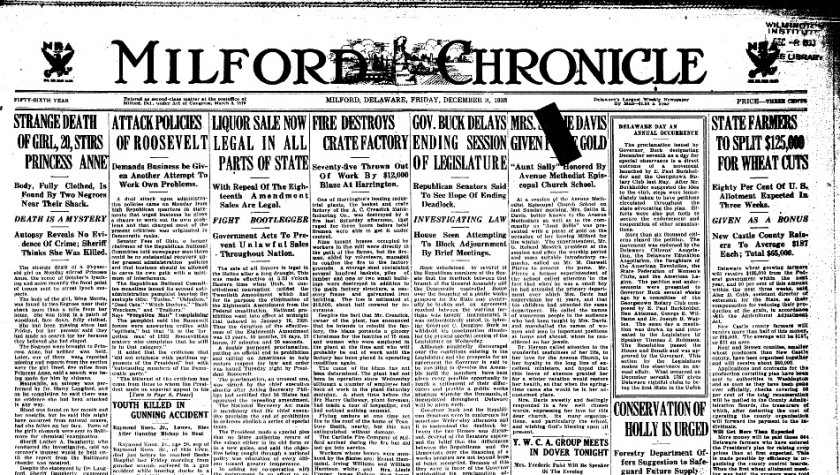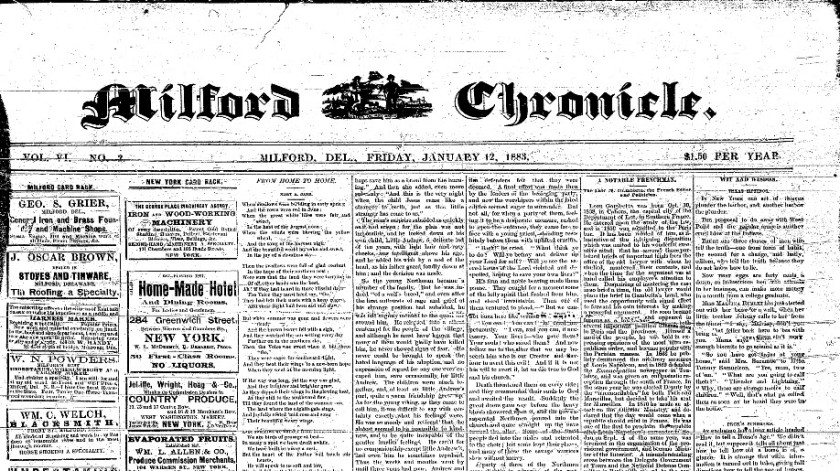Special collections institutions continue to digitize newspaper collections rapidly, making them openly available to researchers. These valuable resources aid genealogists, local historians, and public scholars in digging into the past. On those old pages are many print columns about the local community and the people.
While doing fieldwork on Lower Delmarva, I recently needed access to Eastern Shore of Virginia newspapers. Specifically, I wanted the Peninsula Enterprise, an Accomac, Northampton County, VA weekly. My first step, a Google query took, me to the Library of Virginia, which has created word searchable, e-copies of this serial, spanning the years 1881 to 1910.
The site has plenty of additional titles, as “this collection contains 48,934 issues comprising over 300,000 pages. In addition to the online resource, the Library of Virginia offers an array of sources for researching newspapers from its broad collection of over 3,000 titles.”
“The Virginian Newspaper Project, established in 1993, has worked to locate, describe, inventory, preserve and provide public access to United States imprints housed thorough out the commonwealth,” according to the website.
Click here to go to the Virginia newspaper page. Click here for other digital resources available from the Library.
“The Library is one of the oldest agencies of Virginia government, founded in 1823 to preserve and provide access to the state’s incomparable printed and manuscript holdings.”









